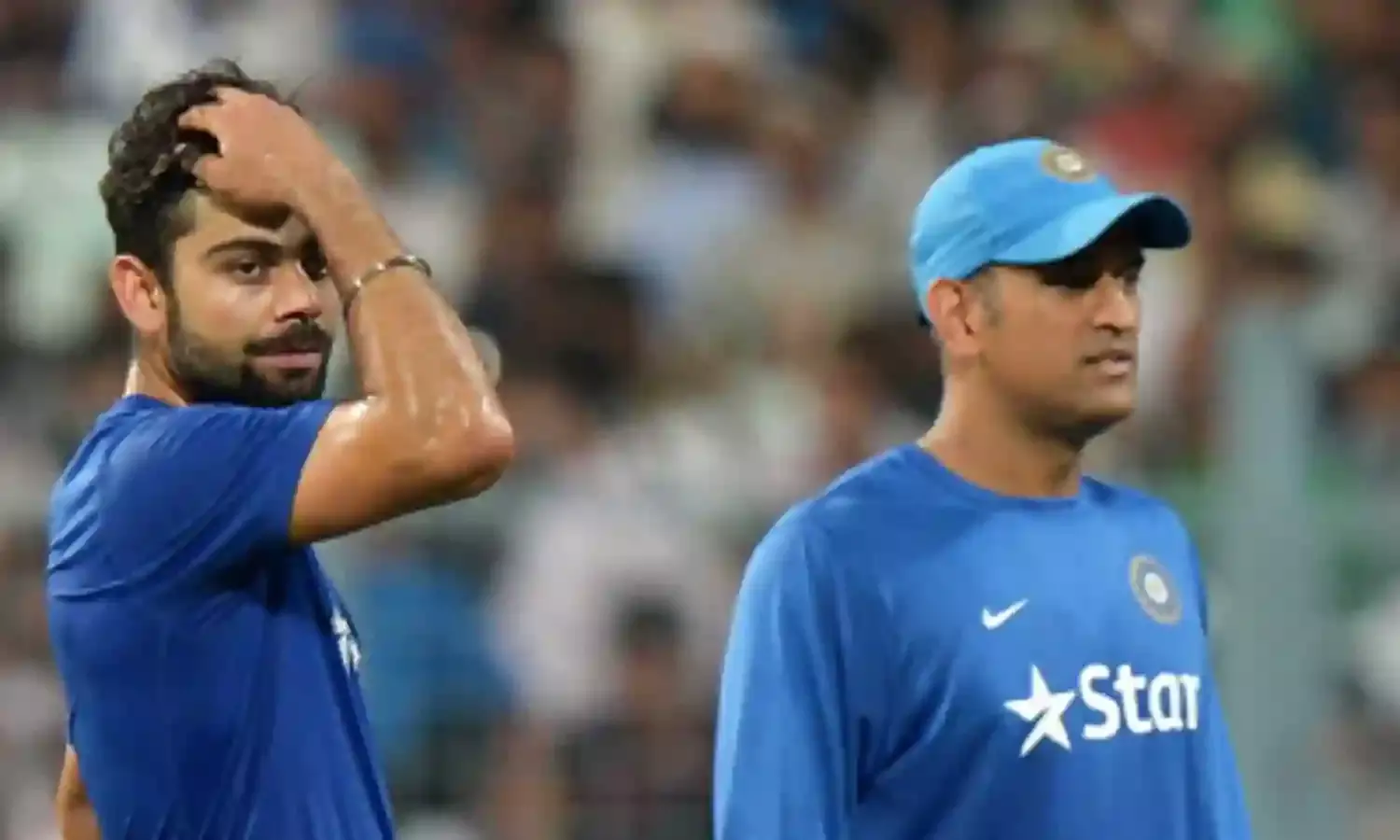Nightmare Starts for Kohli & Co.
India has won only one of 24 matches outside Asia.

Indian cricket team’s fortune doesn’t seem to have changed when it comes to playing outside Asia. Barring West Indies, who are anyway shadows of their glorious past, India’s performances outside Asia in this decade is not something cricketers as well as fans would like to remember. Since the memorable world cup victory in April 2011, the Indian cricket team has toured Australia and England twice and South Africa and New Zealand once.
India has lost in all these tours by huge margins. The first two outings to Australia and England in 2011-12 calendar year, India lost 4-0 each time. Next came the tour of South Africa and New Zealand where India lost by 1-0 at both the occasions. Again, the Indian cricket team toured England and Australia in the 2014-15 season and lost by 3-1 and 2-0 respectively.
In twenty two test matches outside Asia (except West Indies), India managed to win only “one test match”. The most recent loss against South Africa at Cape Town where India managed to lose by 72 runs, will make the tallyl read 23-1.
This score line doesn’t befit a side which is holding no 1 spot in ICC Test rankings for quite some time now. This reason being India’s invincible record back at home in the last one and a half years.
The problem is that many in the team are not “world class” even after playing 50 test matches and 100 ODI’s. The difference between a “high class” and “world class” player is that while a high class player performs better than most of his competitors in home conditions; a world class player is one who shows character in alien conditions. That’s why it is said, “When the going gets tough, only the tough gets going”.
The current Indian cricketers have disappointed with their performances overseas. Compare them to a generation of cricketers before, who include the likes of Tendulkar, Dravid, Ganguly, Sehwag, Laxman, Kumble etc, those players went on to become the greats of the game because they could deliver match winning performances in overseas conditions.
These is not just a problem with Indian team, pick any team and if one compares them to their cricketers a generation before, the current lot would not stand anywhere near in terms of their overall performances in overseas conditions. In the 90s and early 2000s, all the cricket teams had some very quality players who posed serious challenges to the opponents in their own backyards. Around 8-9 cricket teams which included teams like Zimbabwe used to play outstanding cricket and all these sides were more often than not “similarly matched”.
Though Australia and South Africa were a force to reckon with, other teams posed a serious challenge. It was not like today, when quality cricket iis almost restricted to Australia, South Africa, England and India.
That’s why fans are losing interest in the game at large. The number of people who used to be glued to their TV sets, radio and transistors have gone down by a huge margin. Now, people just check the cricket scores online and the number of fans watching Test cricket have gone down.
Cricket is increasingly being played in front of empty stadiums. More than a sport, cricket like any other sport is an entertainment source too. Today, cricket is losing its entertainment value maybe because they are many avenues of entertainment available to masses today other than movies and cricket. But, the poor quality of cricket being played is much to blame.
No longer we see those ‘riveting contests’ between bat and ball. Cricket has become a game between “my bat vs your bat”. The mushrooming of T20 cricket leagues have contributed heavily to this. Why would a youngster be willing to be technically sound to bat in adverse conditions where the ball is swinging, seaming and bouncing when he can play glamorous cameos at batting paradises available in the shorter form of the game and increasingly in test cricket too.
The other problem behind why cricketers are not able to perform in overseas conditions is because of the packed international cricket calendars. They are almost playing day in and day out without much needed breaks. It takes a great toll.
Earlier there used to be an ‘off season’, where cricketers could take some rest from the pressures of international cricket, go and play county cricket or come back to play with their domestic sides.
Today, cricket has become more about quantity than quality. The side effects of that have never been more apparent than they are today. Most of the teams are losing by huge margins in overseas conditions while winning convincingly at their home grounds.



